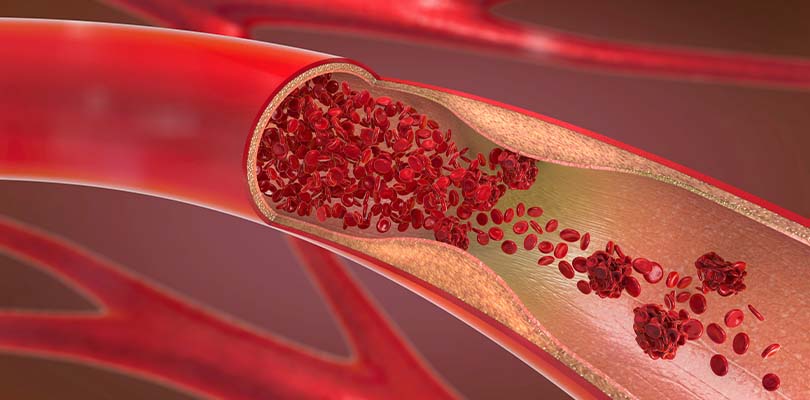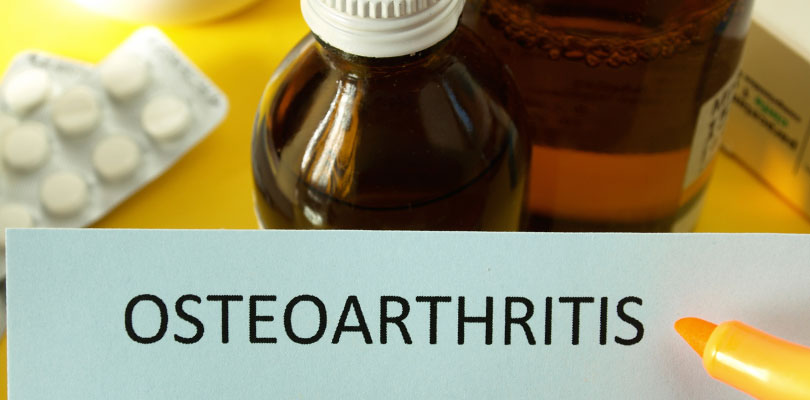Five Types of Atrophy
Atrophy is a term used in many contexts and can be applied in many different situations. Overall, the proper use of the term is to describe anytime a part of the body is wasting away or reducing in size.
When a part of the body is experiencing atrophy, it becomes less effective and functions at a lower level. This can occur in very obvious ways or covertly in the body without many noticeable signs.
Atrophy may be caused by a number of factors, including:
- Genetics
- Environment
- Individual lifestyle
- Diseases and illnesses
Although there are many forms of atrophy, medical experts separate the condition into five types. The five types of atrophy are:
Glandular Atrophy
Glandular atrophy targets one or many glands throughout the body. The condition may be caused by numerous influences like:
- Long-term drug use
- Use of steroids
- Poor diet and nutrition
- Medical conditions
- Hormone imbalances
Glandular atrophy impacts people in a multitude of ways. Someone is atrophy of the prostate gland is actually at a lower risk of prostate cancer. People with gastric atrophy may experience a host of digestive issues ranging from mild gastrointestinal discomfort to serious forms of cancers.
Like with other medical conditions, it is impossible to know if atrophy is the cause or the effect of the related condition, but there is certainly a link. Your medical professional can offer more information about the connection with your form of glandular atrophy.
Vaginal Atrophy
Vaginal atrophy is most commonly experienced by women who are no longer menstruating. After menopause, where the vagina is no longer needed biologically for reproduction, the walls thin and become weaker, which is likely due to decreasing levels of estrogen.
Since vaginal atrophy is connected to other urinary symptoms, experts tend to prefer the inclusive term genitourinary syndrome of menopause (GSM). People with GSM may experience numerous uncomfortable symptoms including:
- Dryness, itching, burning, and vaginal discharge
- Increased number of urinary tract infections
- Urination changes like:
- Increased frequency
- Increased urgency
- Incontinence
- Sexual changes like:
- Pain or discomfort during sex
- Bleeding after sex
- Decreased lubrication during sex
About half of all women will experience signs of vaginal atrophy and GSM. Consult with your doctor to discuss your symptoms and possible treatments.
Skeletal Muscle Atrophy
Another common type of atrophy is called skeletal muscle atrophy. This form of atrophy is separated into two main types:
While there is currently no cure for SMA, these spinal muscular treatment options are proven to help improve quality of life and increase longevity.
Disuse Atrophy
This type is normally due to physical issues involving poor nutrition or a lack of exercise. By eating an unhealthy diet or leading a sedentary lifestyle, your muscles will wither away and your bones will lose density and strength.
This process is slow and usually takes time to produce sustained damage.
Neurogenic Atrophy
Neurogenic atrophy is often quicker and more severe than disuse atrophy. Disease and injury cause this form of atrophy.
Any condition which interferes with the nerves’ connection to the muscle will produce symptoms of neurogenic atrophy. Some culprits are:
- Polio
- Lou Gehrig’s disease (ALS)
- Spinal cord injuries
- Arthritis
Spinal Muscular Atrophy
Spinal muscular atrophy is a genetic condition caused by the loss of nerve cells that control muscle movement throughout the body. With this form of atrophy, the muscles closer to the center of the body show more weakness than other muscles.
There are several types of spinal muscular atrophy based on the timing of first symptoms and severity, but each one is caused by changes in the same genes. A medical team can identify most varieties in childhood with one rare form of the condition waiting until early adulthood to emerge.
Some signs of spinal muscular atrophy are detectable before or soon after birth with muscle weakness. These children will have problems controlling their head movements, sitting without help, and eating as a weak swallow leads to choking.
Many people with the condition struggle with respiratory issues. Spinal muscular atrophy is progressive, so it usually worsens with age.
Multiple System Atrophy
A rare condition, multiple system atrophy (MSA) is a serious neurological disorder which negatively influences many automatic functions in the body. The condition was previously called Shy-Drager syndrome.
MSA develops later in life with people noting symptoms in their 50s or 60s. People with MSA may experience:
- Rigid muscles with trouble bending arms and legs
- Slow movements
- Shakiness
- Problems with balance
- Slurred, quiet, or slow speech
- Blurry vision
- Trouble chewing or swallowing
- Severe blood pressure changes when sitting and standing
- Urinary changes
- Sleep changes
- Abnormal sweating
- Sexual dysfunction
- Cardiac issues
- Psychiatric issues
As you can see MSA has the ability to produce a huge range of symptoms and issues. Not only are all of these symptoms uncomfortable and dangerous to experience, but they can also complicate the diagnosis and treatment.
With the random symptoms, your medical professional may be confused and order inconclusive testing before finding the true cause of your symptoms.







